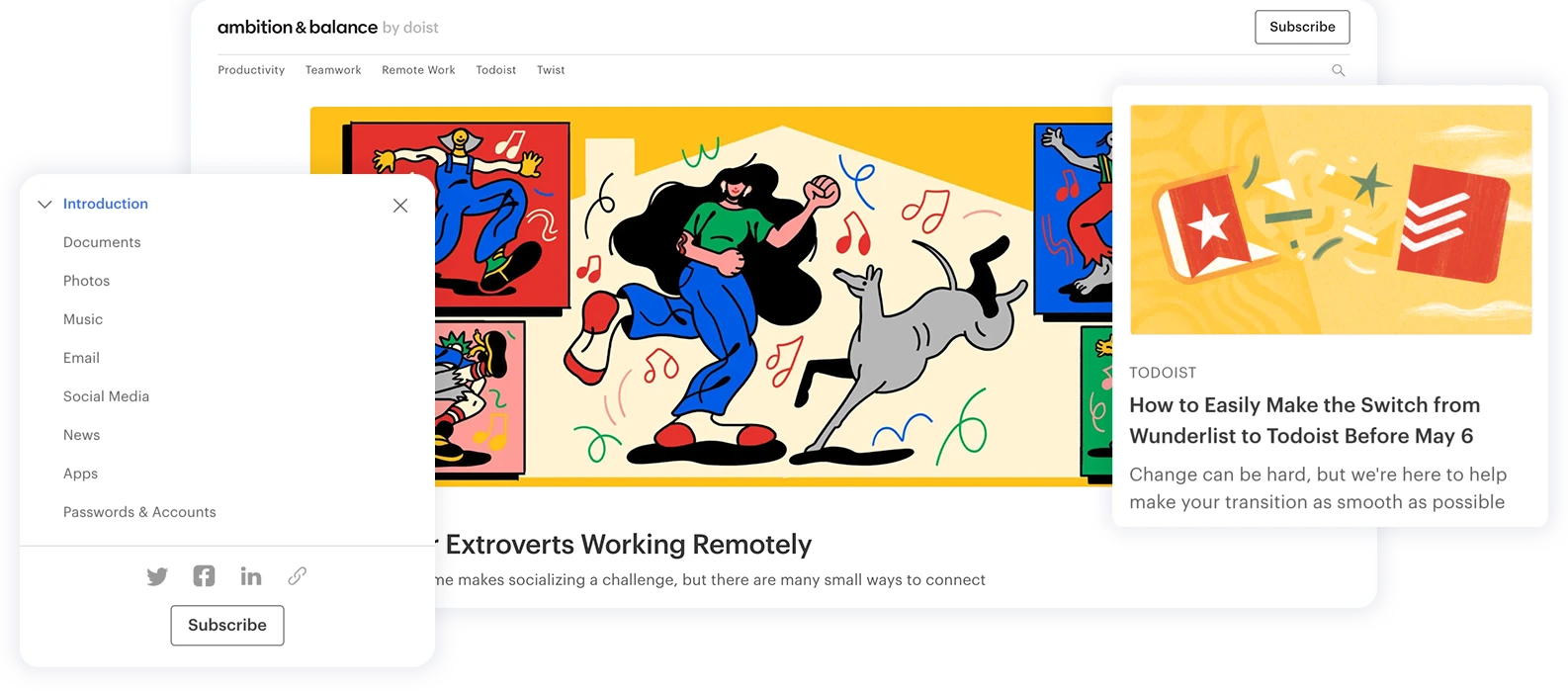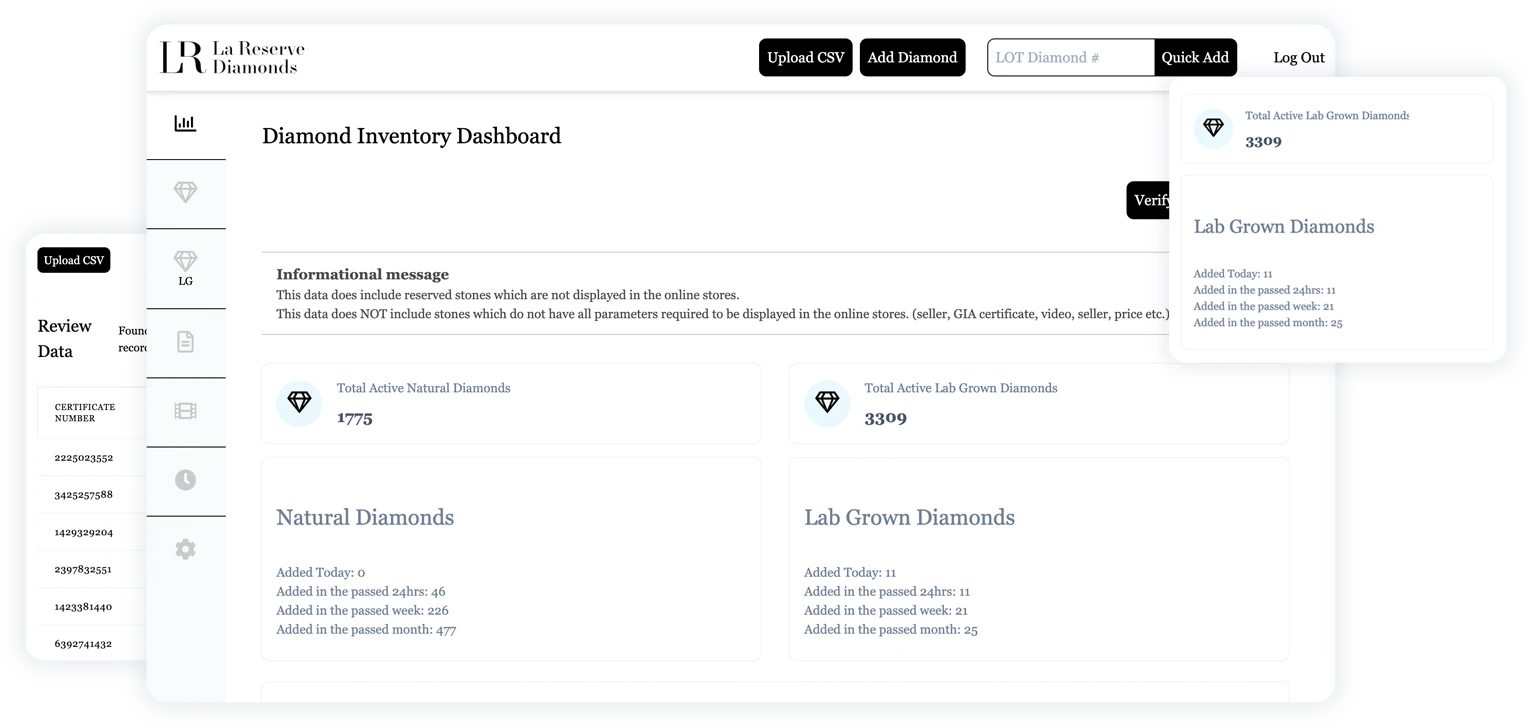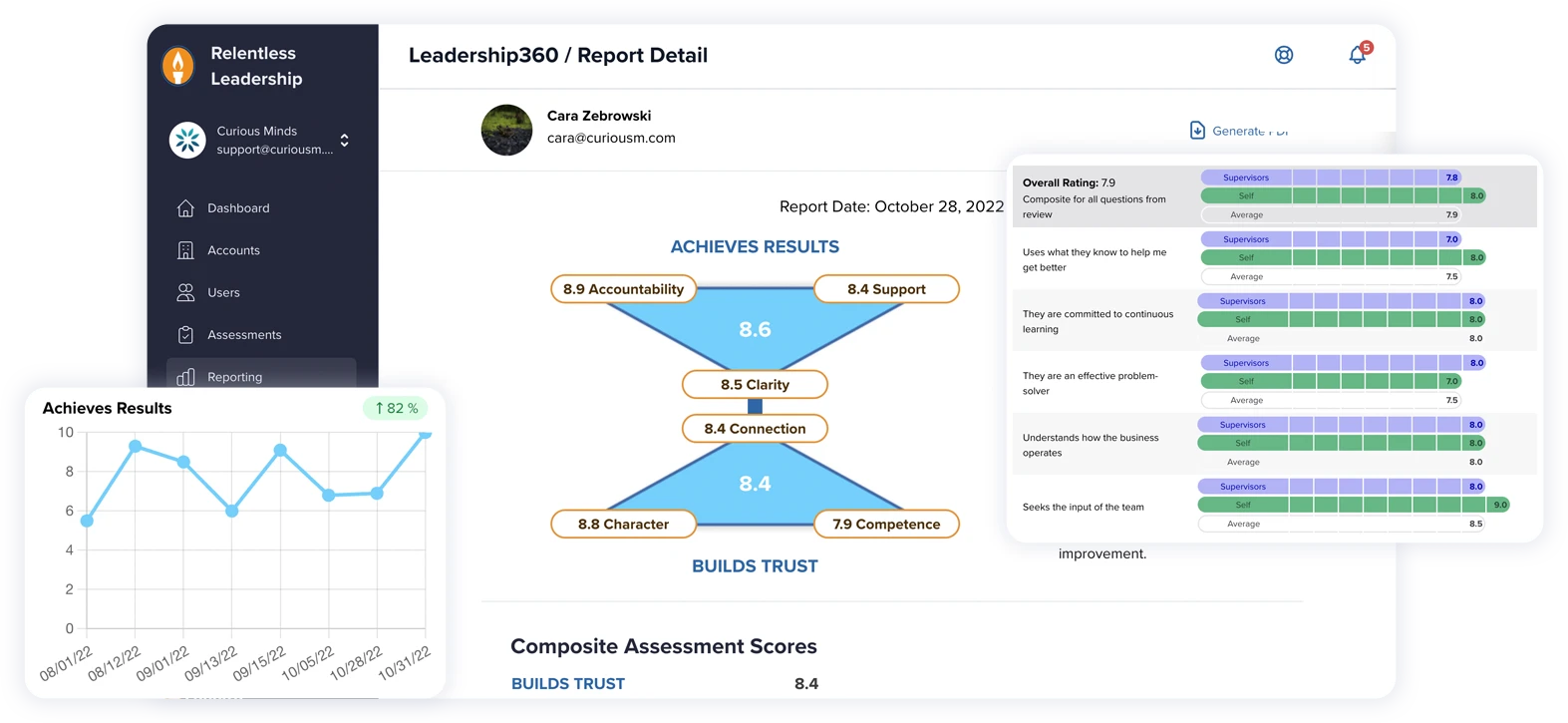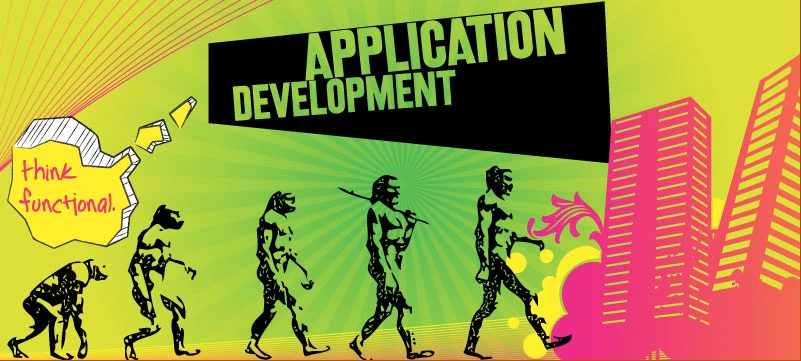With AI tools now pulling data from across the web, safeguarding and guiding how your content is used has become a top priority. Enter llms.txt, a proposed new standard designed to give you control over how large language models (LLMs) process and display your content in AI-driven search snippets. As search engines like Google and Bing introduce more AI-powered features, website owners need new tools to manage how their content is shown in search results.
Think of it as the next evolution of the robots.txt file—a familiar tool for webmasters but designed for the AI age. In this article, we explore the emerging concept of llms.txt, revealing its potential implications for SEO, content ownership, and how it compares to its predecessor, robots.txt.
Demystifying llms.txt: A New Protocol for Digital Control
The idea of the llms.txt file marks a potential advancement in how we may manage digital interactions between our websites and large language models. Unlike robots.txt, which was created to help search engines understand which pages to crawl, llms.txt (note the plural) is proposed specifically for communicating with large language models—reflecting the broad set of AI systems now consuming web content.
According to early documentation and reporting from Search Engine Land and others, llms.txt is a plain text file formatted using Markdown. It acts as a structured summary of your website’s content, helping AI systems process and interpret information in context. You can think of it as a way to offer curated, machine-readable guidance to systems like GPT, Claude, Gemini, and Perplexity.
Where robots.txt restricts or allows crawler access, llms.txt is designed to go further– you could specify what content should be summarized, what parts should be ignored, and how your site’s themes should be interpreted. This isn’t just about blocking—it’s about guiding the AI toward understanding your content the way you intended.
It's important to note– llms.txt is still a proposed concept, and not yet supported by all AI tools.
Why Content Owners Are Watching llms.txt Closely
Large language models are now surfacing answers directly in AI summaries and zero-click results. That means your content may be quoted—or paraphrased—without the user ever clicking through.
This shift puts pressure on content creators to take control. Without proper safeguards, AI tools may misunderstand, misattribute, or even misuse your original content. That’s where llms.txt comes in.
It could give you a way to:
Define which content should be considered authoritative.
Direct models to core summaries or preferred phrasing.
Exclude sections that may be outdated or too nuanced.
By using llms.txt, site owners are no longer passive participants in AI-driven discovery. They can become curators of their own machine-readable narrative.
And it’s not just about compliance—it’s about opportunity. Sites that offer clear, structured signals may become preferred sources in AI summaries, citations, and voice search results.
How to Experiment with llms.txt on Your Website
Setting up an llms.txt file is straightforward, and while it’s not yet formally supported, some are beginning to test it:
Create a plain text file named llms.txt.
Format it using Markdown. This allows you to add structure—like headings, links, or summaries—that LLMs may eventually parse.
Place the file in the root directory of your website (e.g., yourdomain.com/llms.txt).
Inside, you might:
List summaries of important pages
Offer context on your organization or purpose
Link to documentation, glossaries, or primary content hubs
Here’s a very basic example:
# Site Overview
This website provides tutorials and resources on technical SEO, AI-driven content optimization, and modern digital strategy.
# Important Pages
- https://yourdomain.com/ai-seo-guide
- https://yourdomain.com/llms-compliance
# Contact
For content licensing or AI use inquiries, contact info@yourdomain.com
You can extend this format however you like. The goal is clarity and context. You’re helping LLMs build a better, more accurate picture of your site—if and when they begin to look for it.
llms.txt vs robots.txt: What’s the Difference?
The
robots.txtBy contrast, the proposed
llms.txtWhile
robots.txtllms.txtThe two files aren’t interchangeable—they’re complementary. Use
robots.txtllms.txtIs llms.txt Right for You?
It’s early days for llms.txt. Adoption is limited, and most AI systems haven’t formalized support. But that’s exactly why forward-thinking site owners are paying attention now.
If your website provides original insights, educational content, product documentation, or detailed service information, llms.txt may eventually help ensure your content is surfaced accurately, credited properly, and interpreted as intended.
For enterprise websites, adding llms.txt could become part of broader AI content governance. For small businesses, it may offer a future low-effort way to get in front of the AI systems that are increasingly shaping traffic and trust.
It’s not a replacement for great content—but it might be a smart way to support it as the standards evolve.
Curious Minds can help you stay ahead of AI search changes—whether that means experimenting with llms.txt or optimizing your current content for visibility across AI-driven platforms. Let’s build a smarter strategy together.


















